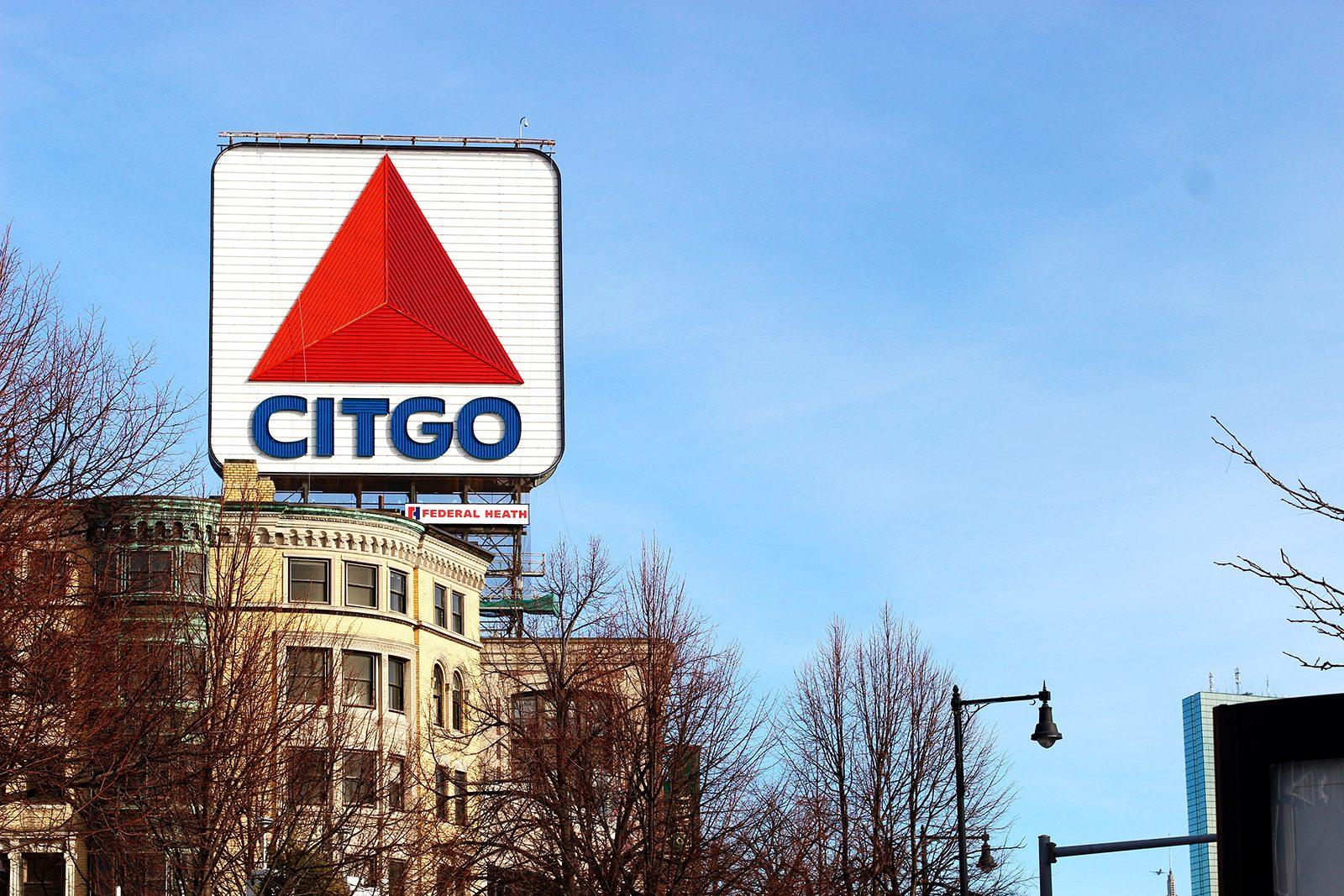Boston University students are very familiar with the Citgo sign that illuminates our walk down Commonwealth Avenue toward Marciano Commons, Myles Standish Hall or Danielsen Hall. The sign has almost become a part of our university, placed high above the buildings in Kenmore Square, located directly next to the bookstore. BU students have become attached to the iconic symbol of Boston pride.
Soon, the Citgo symbol will be displayed throughout the city because of Citgo’s sponsorship of the 2017 Boston Marathon. The Boston Athletic Association and Citgo announced this week that the fuel company will be the official fuel sponsor of the marathon, according to an article from The Boston Globe. Citgo is also hosting a “cheer zone” at the base of their famous sign on the day of the marathon.
This sponsorship, without a doubt, comes from Citgo’s efforts to preserve the historic sign as an official landmark. The company has been attempting to gain the title since last year, but a decision should be made within the next few months, according to the article.
This sponsorship has a chance of benefitting the campaign to preserve the Citgo sign as a historic landmark. If they’re sponsoring the Boston Marathon, an event that exemplifies what it means to be Bostonian, perhaps people will be more attached to the company and, as a result, more attached to the sign itself. This move on Citgo’s part proves that they care about this city and what is important to its residents. They’re creating a stronger connection to the people of Boston by supporting its culture. The symbolism of this company being the official fuel sponsor of the marathon while the Citgo sign resides above the twenty-five mile marker is remarkable.
The Citgo sign is a recognizable sight that will remind any Bostonian immediately of the love they have for their city. It’s commendable that Citgo is stepping up to support the marathon.
Though the Citgo sign lacks the historical significance of The Paul Revere House or the Old North Church, it is still an iconic site of Boston. It’s nearly impossible to see a picture of Fenway Park and not see the Citgo sign in the distance. When people think of Boston landmarks, they think of the Prudential Center, Fenway Park and the Citgo sign. The sign doesn’t have a huge historical significance because it’s only been a part of this city since 1940, but that’s still a significant amount of time. While it is commercialized, it is something that is traditionally Boston and can be compared to any other type of historic landmark. This century will remember the Citgo sign as an accurate representation of us, and part of being a landmark is depicting the era where it came to be. To gain landmark status is something it rightly deserves.
For BU students, the Citgo sign is a north star when we’re in other neighborhoods of the city. Looking for the lights on the iconic square sign brings us home. Our campus is interesting because we have landmarks to our left and right, whether it be Fenway Park, the emblematic “Boston Strong” tribute or the Citgo sign. We’re at an intersection that embodies this city, which will inevitably make us biased in favor of the sign. The sign is on our campus and a part of our legacy; we wouldn’t be the same BU without it. The sign is undoubtedly tied to a major college campus, one of Boston’s favorite sports team and a major T stop. It is so visible to the entire Boston population — how many other things can you say that about in Boston?
While it is arguable whether being the official fuel sponsorship of the Boston Marathon increases Citgo’s chances of having its sign preserved as a landmark, the Citgo sign will always be cherished by those in the Fenway and Kenmore neighborhoods. Even more so, BU students will always consider the sign to be crucial to our campus. We have more respect for Citgo because of its involvement in the Boston Marathon, and we appreciate the company’s attempt to support this city. It not only improves Citgo’s image, but makes us proud to see the Citgo sign overlooking our campus.



















































































































Billy • Feb 6, 2017 at 6:00 pm
Citgo is owned by Venezuela, which is an oppressive communist country. Venezuela has taken away worker’s rights and ruined just about everything there. Venezuelans are starving while their leaders live in luxury.
Nice Landmark